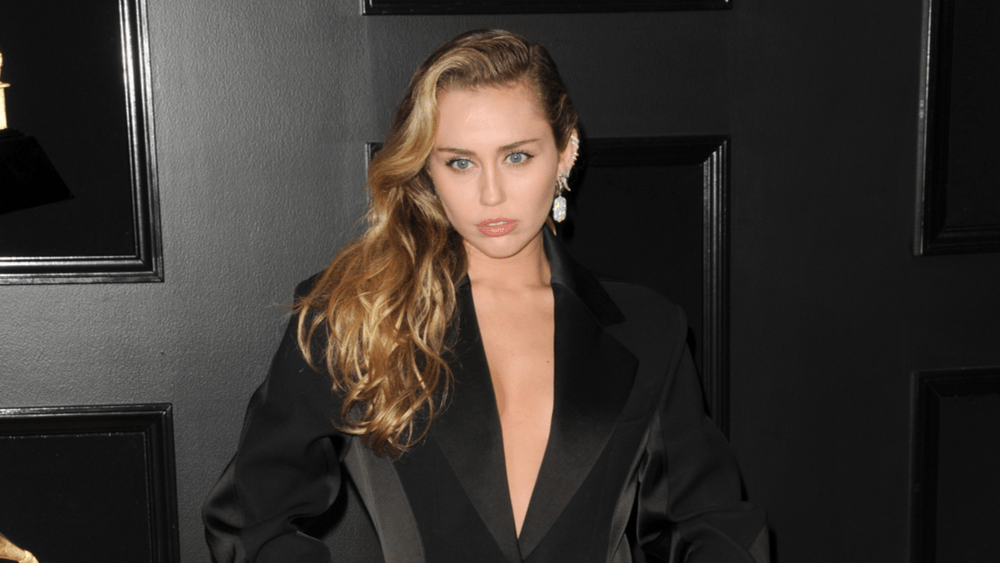

Back in the day when she was fresh from the success of Disney’s Hannah Montana, she first covered Cyndi Lauper’s ' Girls Just Wanna Have Fun'. She can combine the rawness of a Janis Joplin with the spunk of a Stevie Nicks, making it a sound that is truly her own. There have been many raspy-voiced pop singers with rockstar vibes like Kim Carnes, P!nk or even Amy Winehouse whose husky vocals have made it easy to straddle genres. If her country-sounding 4x4 from the album Bangerz is earthy, then she takes her pop ' We Can’t Stop' and blends it with alt rock classic ' Where is my Mind ?' The way she fuses the two songs and holds the attention of the audience in the process is the very reason why it has become hard to pinpoint her vocal personality.

Is she pop? Is she rock? Is she grunge? Is she a wannabe pop icon masquerading as a prog rock personality? Or is she all of the above?įor every Jolene she covers, Miley balances it with a heavier version of Like a Prayer. It is also her way of grabbing our attention and forcing us to have this very fundamental conversation about her: What kind of singer is Miley? If her last studio album Plastic Hearts was rock-inspired, then her recently released a first-of-its-kind live album titled Attention: Miley Live, is Miley’s way of reaching out to her own loyal audience and a much larger one beyond that listens to noisier, heavier stuff. Miley’s command over her vocal range and the various stages of metamorphosis she as a singer and her voice have undergone, have made us curious for what she has to offer every time. How many singers who started out as pop stars have successfully transformed themselves into buddies of heavy metal? Never shying from finding authentic expression, it is in Miley’s ingenuity and genuineness that we find the singer’s most honest avatar. Her musical influences show profoundly in her work as she draws from Elvis Presley, her father and country legend Billy Ray Cyrus, Madonna and even Metallica. What works for Miley over her peers is how she refuses to typecast that voice as she traverses from the chirpy pop of her debut through the rustic nature of country and her later years love for rock. A natural mezzo-soprano, Miley completely owns her lower register and retains its feminine timbre most robustly. Yet, she stands out among her contemporaries thanks to her natural voice and her ability to optimise it despite the physical struggles she’s had with her vocal cords. A more closed-minded listener of music might be quick to slot her as another blonde-tressed pop star, even frowning at some of her musical choices. Given that Miley’s first brush with fame was as teeny bopper as it got, we’ve actually had a chance to witness her physical and emotional growth through her songwriting, her singing and the evolution of her musical persona. She has rewritten many rules of musicianship and stage presence, of popstar conduct and rockstar songwriting. At least on paper.īut it is her voice and what she can do with it that demands an exception. Considering the entire premise of The Music That Made Us has been to journal the music that has left a deep impression on us and our musical preferences, Miley’s has been a comparatively shorter career for us to trace convincingly. Miley Cyrus is the youngest person to have made the cut in this column. In #TheMusicThatMadeUs, senior journalist Lakshmi Govindrajan Javeri chronicles the impact that musicians and their art have on our lives, how they mould the industry by rewriting its rules and how they shape us into the people we become: their greatest legacies


 0 kommentar(er)
0 kommentar(er)
